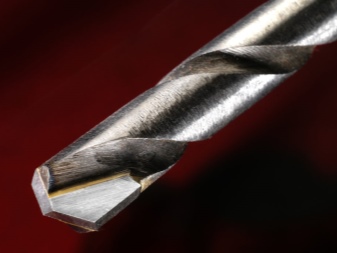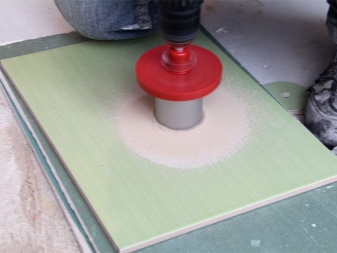All About Granite Drills

Knowing everything about drills for granite is necessary not only for the owners of workshops for its processing. The peculiarities of drilling granite are also important for the customers of such services. It is important for them to find out the details about 6 mm drills and other sizes for granite, about what else can be drilled into it.


Description
It is not hard to guess that a drill for granite must be especially strong. Otherwise, it will not be able to properly process this strong stone. But at the same time, we must not forget about the tendency of the rock to split. This means that perforating drilling is definitely prohibited. The optimal result is obtained by using diamond drills, which allow punching a strong layer even in simple mode.
The larger the section of the drill, the slower the twist of the drill should be:
-
6 mm - 2000 turns are allowed in 60 seconds;
-
12 mm - limitation of 950 rpm;
-
20 mm - no more than 700 revolutions.

Features of use
You need to work only after installing the stone blank on a solid, level base. There it is fixed with clamps. The use of wood linings helps to exclude damage to the polished layer. Since it is impossible to mark the future middle and the general outline of the product with a pencil or marker, you will first have to stick masking tape. The crown is positioned so that its main guideline exactly coincides with the intended middle. If there is no guide, you need to use a simple template made of wood.
The crown is systematically watered with water for better heat dissipation. You cannot work on a site smaller than the workpiece itself, it is better even with a margin.


Even a single hanging corner can ruin the whole thing. If possible, use a professional grade tool that has an internal coolant supply channel.
It is possible to exclude the slipping of the drill if a recess is formed in advance in the required place. This work is perfectly done with the simplest metal drill. Holes in the stone are made by placing the tool at a steep angle. Once the groove is formed, everything can be aligned. It is undesirable to press strongly on the tool, because it can easily fail.


What else can you drill into granite?
In the absence of a diamond drill, there is still a way out! It can be replaced by:
-
drills from vanquished;
-
corundum;
-
diamond dust.


The quality of the work will be lower, and it will take more time.... But it is still possible to achieve a good result. All three mentioned drilling methods work with copper or brass tubing. This tube needs to be fixed in the drill. The marked section of the hole is fenced with a side of 0.4-0.5 cm. It is made from plasticine or from a quick-drying putty.
An abrasive is poured into the perimeter of the side. Turn on the drill at low speed. As a result, the tube begins to drill into the stone.
Attention: during drilling work, periodically add water. Of course, you should work as carefully as possible; it is better, in general, to do first training on another stone or on granite trimmings.


The rim can be formed from the middle section of a plastic bottle. Scotch tape helps to fix it on granite. Water is poured inside, the liquid level must be continuously monitored. Such a "helper" not only excludes overheating of the implement, but also reduces the formation of dust.True, it can be applied only on completely flat horizontal surfaces; like drilling with copper tubing, this method is only suitable for shallow indentations.
The problem is also related to the fact that this the technique is laborious. It is not easy to do without the help of assistants. Even the best winning tool can fail. It is best to use other devices whenever possible. If the efficiency of the drill has decreased, you need to stop work and sharpen it.













The comment was sent successfully.